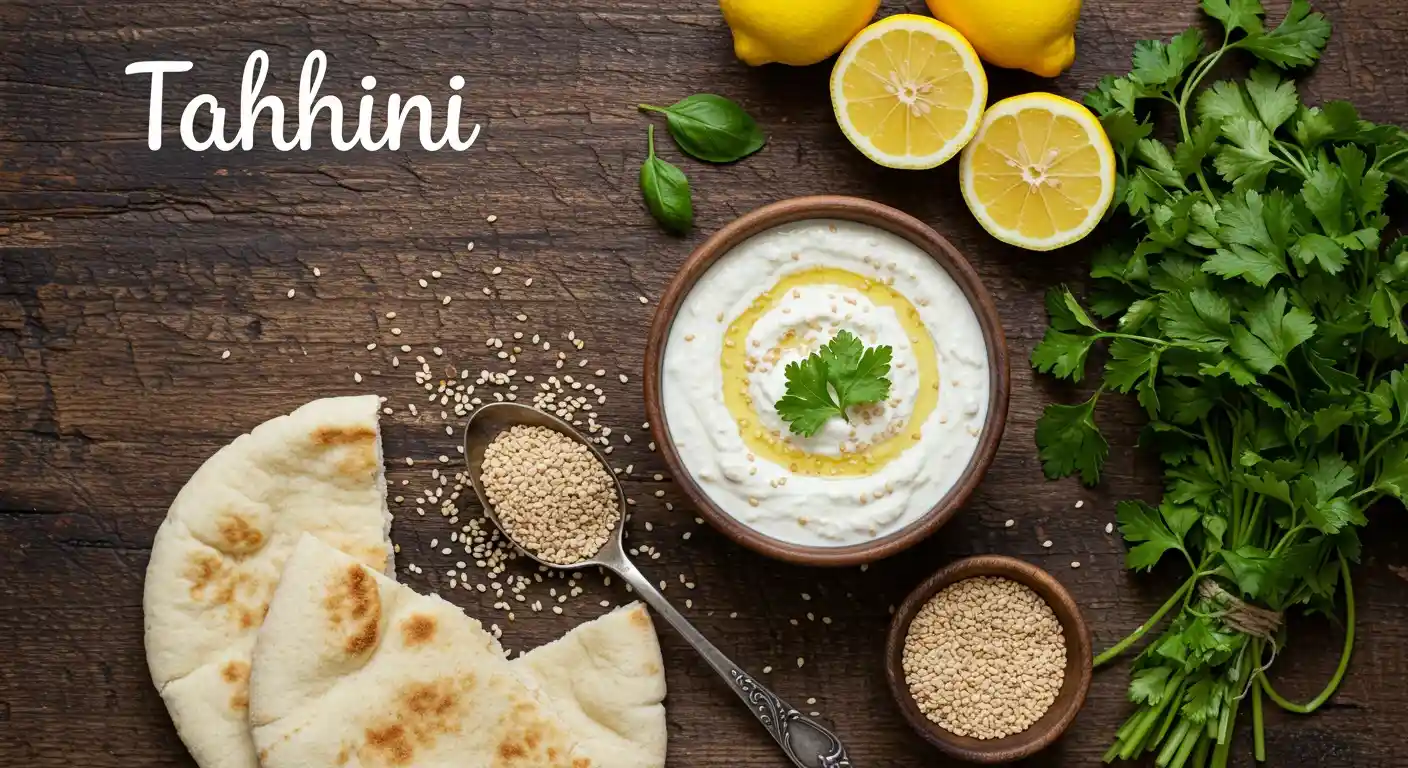Tahhiini – A Complete Guide
Food culture thrives on rich traditions, and certain ingredients rise above others because of their versatility and nutritional value. One such powerhouse is tahhiini, a smooth, nutty paste made from ground sesame seeds. While some know it mainly as a key ingredient in hummus, tahhiini has a history and usefulness that stretch far beyond just one dish. From its Middle Eastern roots to its place in modern health-conscious kitchens, tahhiini has become a truly global food essential.
What Is Tahhiini?
At its simplest, tahhiini is a paste made by grinding hulled sesame seeds into a silky, nutrient-rich butter. Depending on regional traditions, it may be prepared raw or roasted, creating subtle differences in flavor and texture. The result is a creamy spread with a distinctive nutty taste, often described as earthy, slightly bitter, and deeply satisfying.
Tahhiini is not a modern invention—it has been part of Middle Eastern, Mediterranean, and North African cuisines for centuries. Ancient records even suggest sesame-based pastes were consumed thousands of years ago as both food and medicine.
Nutritional Profile of Tahhiini
One of the reasons tahhiini has endured for so long is its impressive nutritional content. A single serving provides:
-
Healthy fats: Rich in unsaturated fats that support heart health.
-
Protein: A plant-based source that complements vegetarian and vegan diets.
-
Minerals: Packed with calcium, magnesium, zinc, and iron.
-
Vitamins: Contains B vitamins that help with energy production.
-
Fiber: Contributes to digestive health and satiety.
Because of these nutrients, tahhiini is more than just a flavorful condiment—it’s a food that nourishes the body while enhancing meals.
Health Benefits of Tahhiini
1. Supports Heart Health
The unsaturated fats in tahhiini help reduce bad cholesterol while promoting good cholesterol. This balance can lower risks of cardiovascular diseases when consumed as part of a balanced diet.
2. Rich in Antioxidants
Tahhiini contains lignans like sesamin, which have antioxidant properties that protect cells from oxidative stress.
3. Stronger Bones
Calcium and magnesium contribute to bone density, making tahhiini an excellent supplement for those who avoid dairy products.
4. Boosts Energy
Thanks to its mix of healthy fats and B vitamins, tahhiini offers sustained energy—making it a great addition to breakfasts or snacks.
5. Suitable for Special Diets
Vegan, gluten-free, and dairy-free eaters often turn to tahhiini as a versatile staple that fits their nutritional needs.
Culinary Uses of Tahhiini
While tahhiini is most famously used in hummus, its applications go much further:
-
Sauces & Dressings: Mixed with lemon juice, garlic, and water, it becomes a creamy dressing for salads and roasted vegetables.
-
Baking: Adds richness and a nutty twist to cookies, cakes, and energy bars.
-
Smoothies: A spoonful of tahhiini blends well with fruits for a protein-packed smoothie.
-
Dips & Spreads: Pairs perfectly with pita bread, crackers, or crudités.
-
Savory Dishes: Drizzled over roasted meats, falafel, or grilled vegetables.
Its adaptability makes tahhiini a true culinary chameleon, fitting into both traditional and modern recipes.
Tahhiini in Global Food Culture
Originally from Middle Eastern cuisine, tahhiini has now traveled the world. In Mediterranean diets, it’s paired with lemon and garlic; in Asia, sesame pastes are used in noodles and desserts. Western chefs have embraced it as a superfood ingredient, using it in everything from vegan cheesecakes to innovative sauces.
This cross-cultural adoption shows how tahhiini has moved from ancient kitchens to modern health trends without losing its authenticity.
How to Store Tahhiini
To keep tahhiini fresh:
-
Store in a cool, dark place before opening.
-
After opening, refrigerate to extend shelf life.
-
Stir before use, as natural oils may separate.
Proper storage ensures it maintains its rich flavor and nutrient content.
FAQ – Tahhiini
Q1: What is tahhiini made of?
It is made from ground sesame seeds, either raw or roasted, depending on regional preparation.
Q2: Is tahhiini healthy?
Yes. It is rich in protein, healthy fats, and essential minerals, making it a nutrient-dense food.
Q3: Can people with nut allergies eat tahhiini?
Since it is made from seeds, many with nut allergies tolerate it, but individuals should always consult their doctor.
Q4: Is tahhiini vegan?
Yes, it is entirely plant-based and widely used in vegan diets.
Q5: How does tahhiini differ from peanut butter?
Though similar in texture, tahhiini has a more earthy, bitter flavor, whereas peanut butter is sweeter and more widely used in Western snacks.
Final Thoughts
Tahhiini stands as one of the most versatile and nutritious foods, celebrated for both its flavor and health benefits. Whether enjoyed in traditional Middle Eastern dishes, blended into smoothies, or baked into desserts, tahhiini proves that simple ingredients can have global impact. With its deep history, impressive nutrients, and endless culinary uses, tahhiini remains a timeless favorite.
